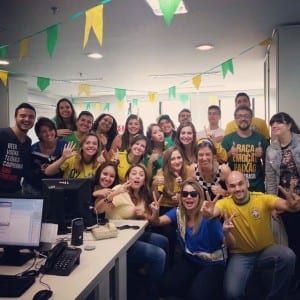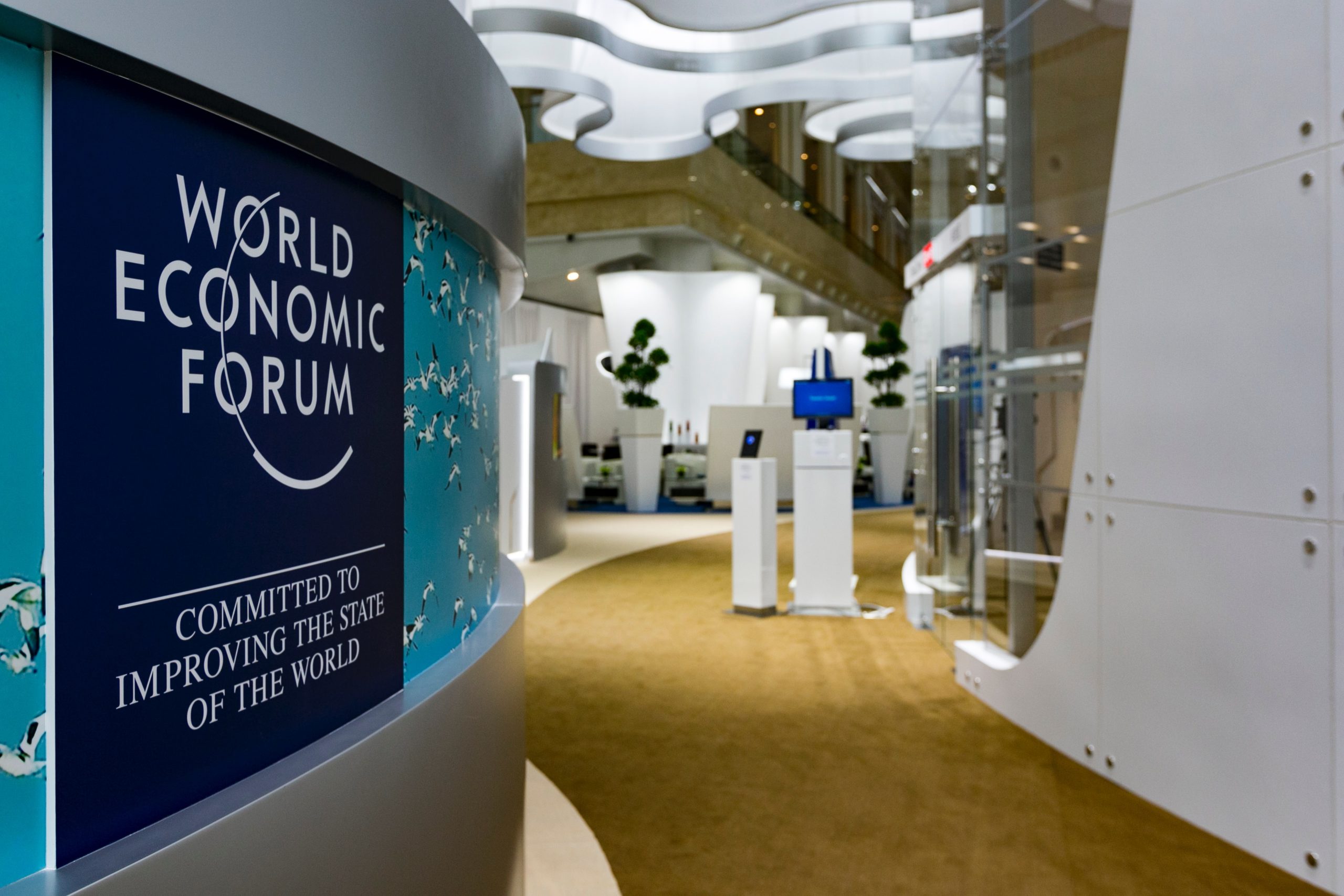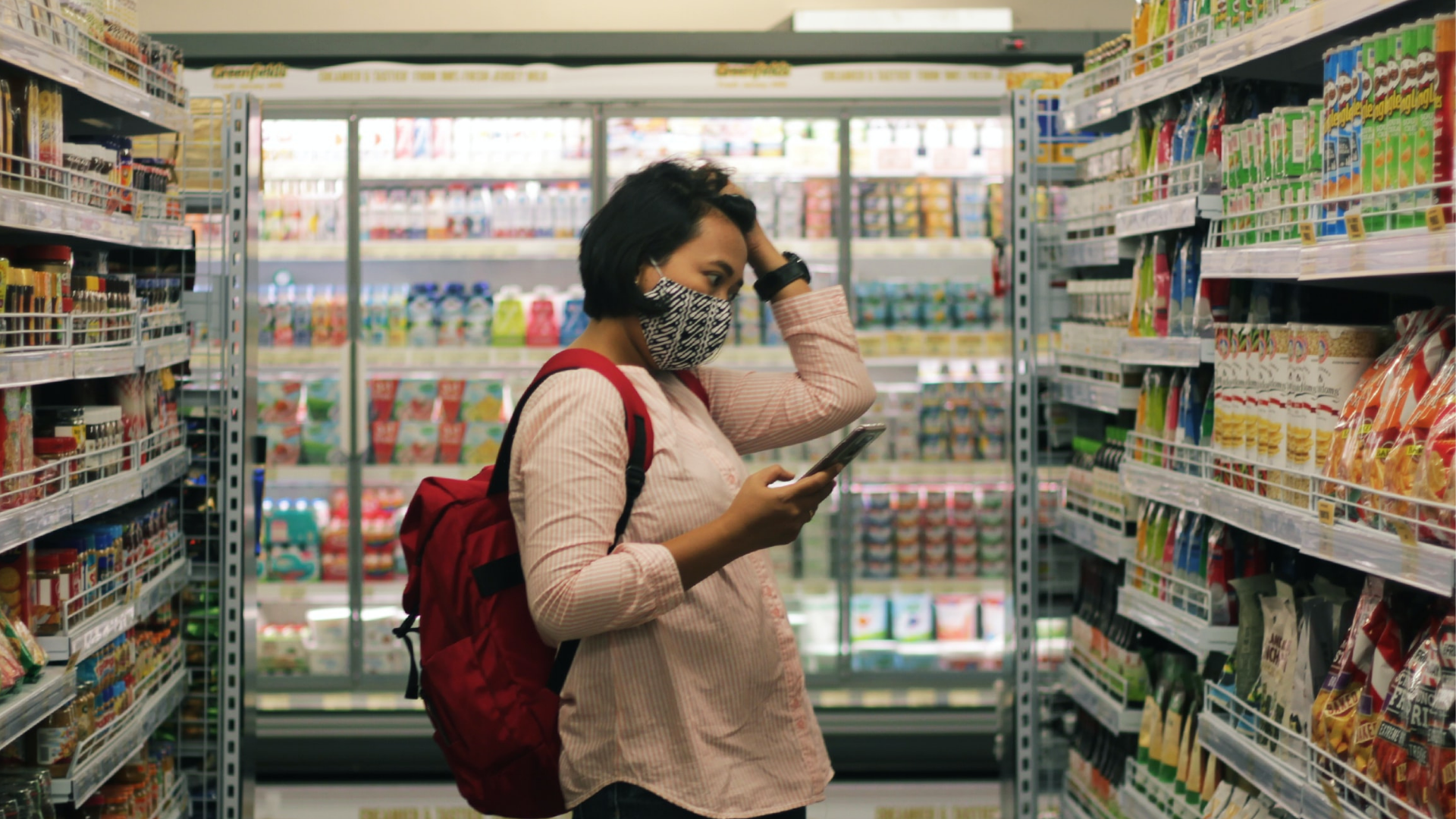 Since 2007, when Brazil was announced as the host country for the 2014 World Cup, I (as a Brazilian and a soccer fan) longed for the opportunity to watch a World Cup match of the Brazilian team in my home country. The World Cup, first and foremost, is a celebration of the most popular sport on Earth. Soccer fans gather by the millions and represent a full spectrum of ethnicities. They collectively share more than just a sport, but a passion. And like any other passion, say art or sport, its emotional, and personal and hard to explain. There are no people more passionate than Brazilians when it comes to soccer – at least, we love to think so. During the World Cup, even the most indifferent of Brazilians became fanatical supporters. As proof of concept, on the days Brazil played, it was commonplace for companies to give time off to employees and local governments to enact “holidays.”
Since 2007, when Brazil was announced as the host country for the 2014 World Cup, I (as a Brazilian and a soccer fan) longed for the opportunity to watch a World Cup match of the Brazilian team in my home country. The World Cup, first and foremost, is a celebration of the most popular sport on Earth. Soccer fans gather by the millions and represent a full spectrum of ethnicities. They collectively share more than just a sport, but a passion. And like any other passion, say art or sport, its emotional, and personal and hard to explain. There are no people more passionate than Brazilians when it comes to soccer – at least, we love to think so. During the World Cup, even the most indifferent of Brazilians became fanatical supporters. As proof of concept, on the days Brazil played, it was commonplace for companies to give time off to employees and local governments to enact “holidays.”
The dust has now officially settled. Streets, once jammed with cars, are now deserted. Bars, once teaming with people from around the globe, have now returned to local hangouts. To provide my American friends with some context, imagine the Super Bowl, during the summer, stretched out over an entire month.
As a communicator and a consumer, all of this commotion called my attention to the way companies and brands were interacting with consumers during the festivities. An event of such magnitude offered the ideal stage to reinforce key brand attributes, bolster consumer engagement, and present special edition products – offering consumers new and exciting experiences.
As a consumer, I bought several products related to the World Cup – a t-shirt and cap from my team, an official ball, microwave popcorn, beer, pennants to decorate the house, airline tickets to the game location, and so on. I was bombarded with enormous amounts of information from companies that wanted to associate their brands with soccer.
Many brands were indeed able to rise above the noise and make a difference with their activations. Official sponsors like Coca-Cola, Budweiser, McDonald’s, and Adidas all engaged and moved audiences with inspirational TV and YouTube ads. My teenage son (another passionate soccer fan) called me into the living room on several occasions to watch various companies transform the world’s most renowned soccer stars into action heroes, cartoon characters, and even rock stars. He then, almost instantaneously, shared these videos with his network of friends via social media. We also downloaded several sponsored apps to our phones and tablets to more closely track World Cup action in real-time. As we interacted with these brands, we received and repurposed the data they provided thus spreading their brand message even further across the Internet. We even completed the official World Cup sticker album that sold more than 300 million stickers in Brazil alone.
As a fan, I soon found myself in the streets of Brazil donning a balloon-shaped hand provided by Coca-Cola, wearing sunglasses from Johnson & Johnson, and holding a promotional gift offered-up by Sony. What was I doing you ask? I was taking photos beneath corporate-sponsored totems and posting them directly to my social networks with the applicable hashtag. Even regional brands Brahma (Brazilian beer brand) and Itaú (Brazilian bank and sponsor of Brazilian team) got in on the action by offering customized glasses and giveaways during the World Cup.
I was sad when Brazil lost 7-1 to Germany, but found humor in the instantaneous memes that invaded my Facebook timeline, and was further intrigued when observing brand sponsors passing along messages of encouragement to the Brazilian club and its fans. After the sadness subsided, I even found myself respecting the same Germans (that massacred us) when they displayed their own smart show of public relations savvy by posting messages in Portuguese to their social networks tipping their cap to Brazil and offering to help regional Indian tribes. I’m passionate about soccer and was happy to see that the best selection took home the World Cup.
The party in Brazil was wonderful, but what really stood out was the engagement blueprint put-forth by these brands. Using a multi-pronged and platform approach, they effectively seized on a rare moment when the collective consciousness of the world focused on a single point – and used that moment to introduce, mold, or reinvent their brands in a truly global marketplace.
Now … back to work.


